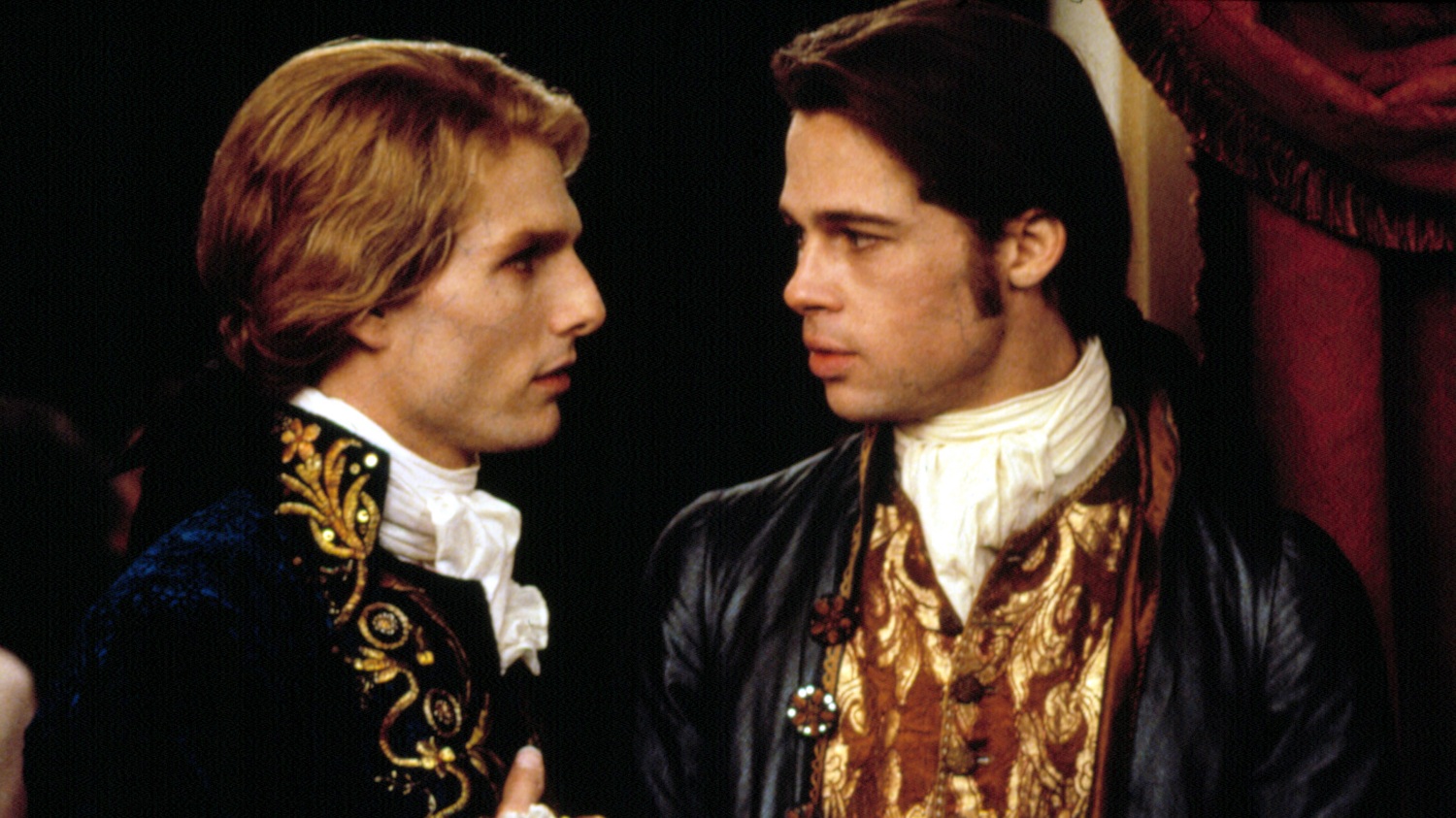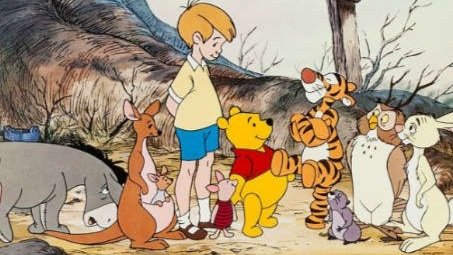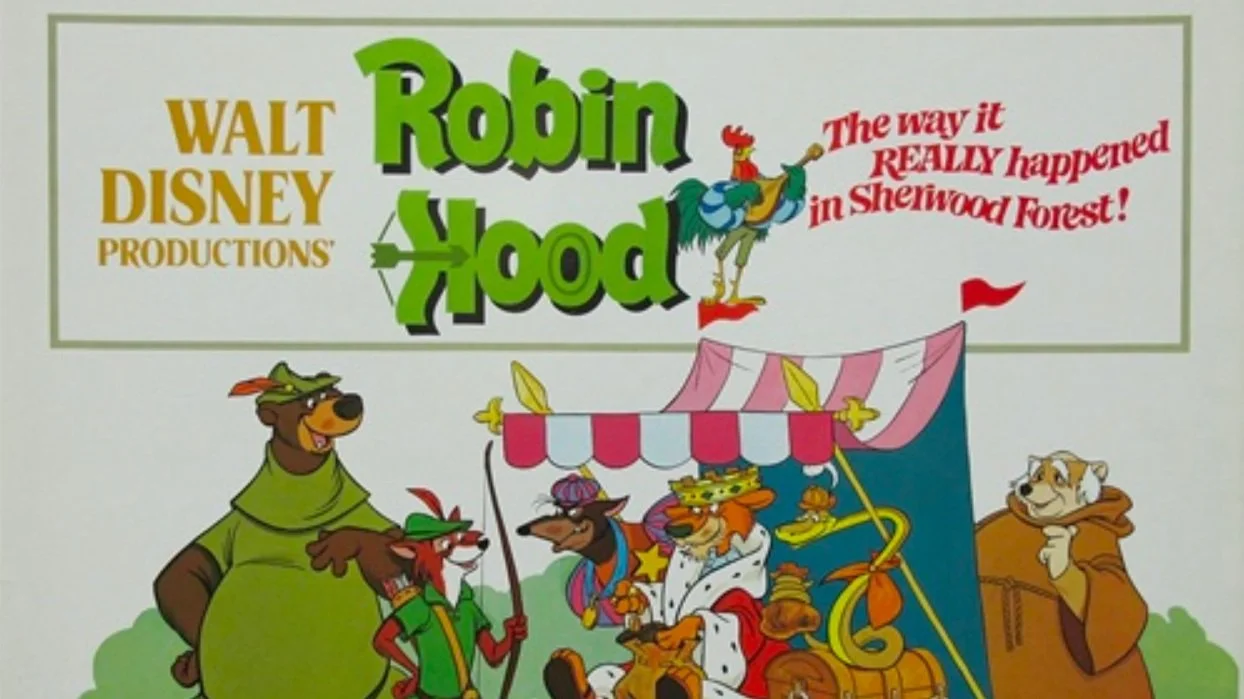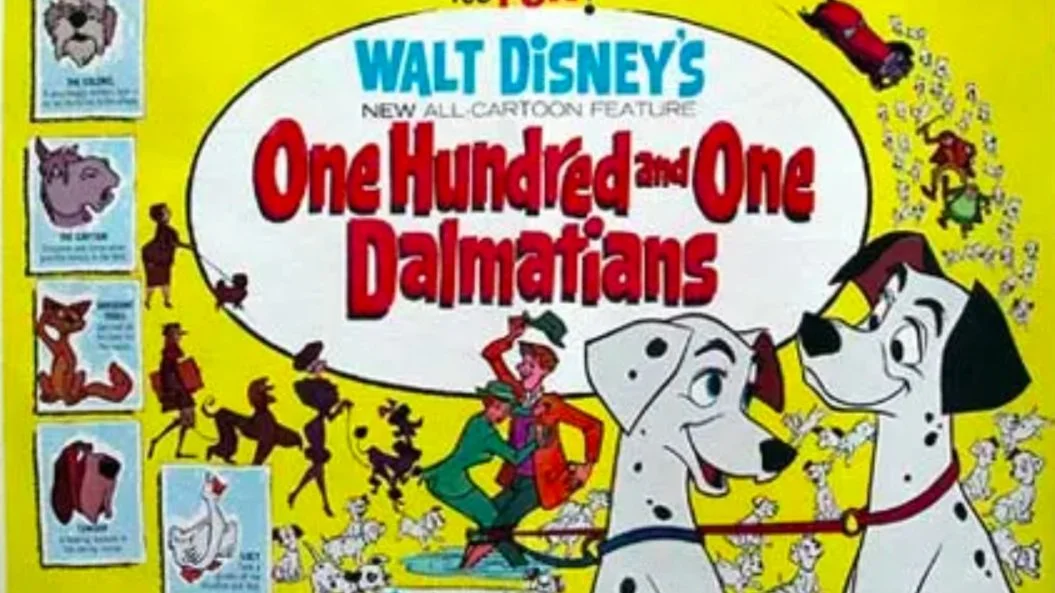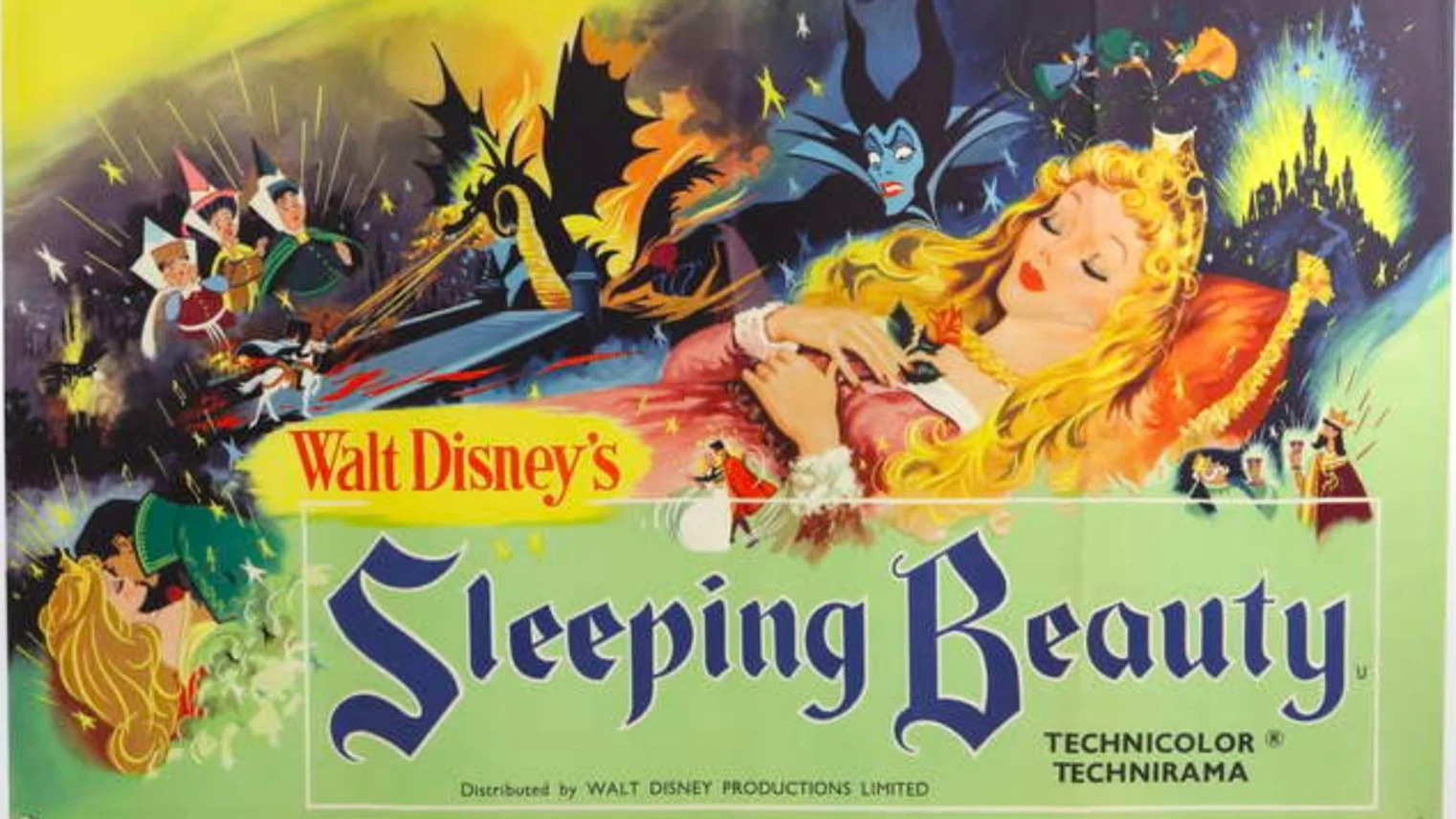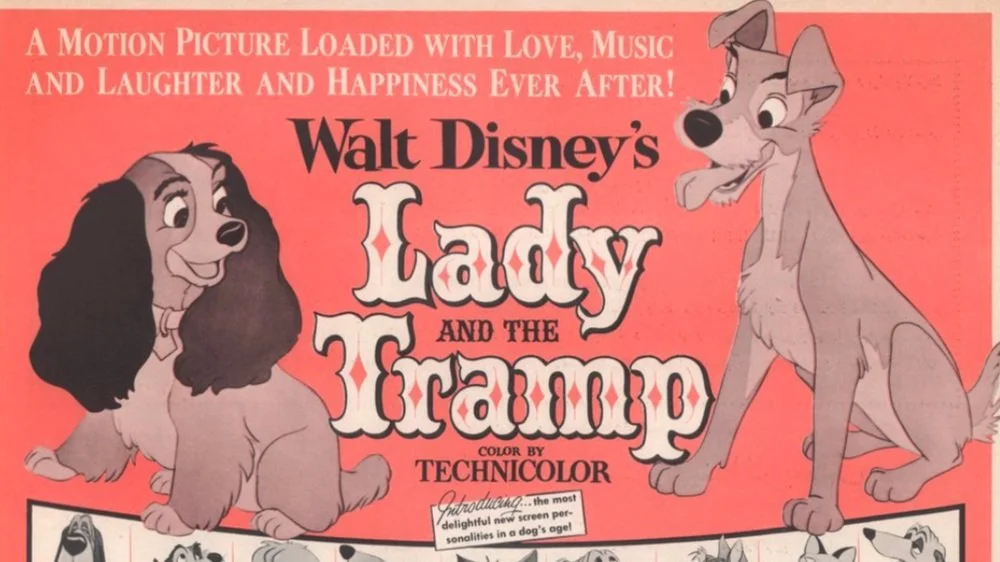Blood Lust: Family and Self-Rejection in Interview with the Vampire
Make sure to read the primer of this series that focuses on queerness in the vampire genre.
One of the most common threads running through the vampire subgenre is the notion of family and having the opportunity to cultivate your own — Near Dark, The Lost Boys, and even Twilight all present “families” of vampires that have found each other and are stronger together because of it. Similarly, queer identifying people are often turned out of their homes and forced to create their own havens and communities in order to survive, even establishing their own “families” among others that share experiences like theirs. But, what happens when one rejects one's own identity? Does it decrease our chances of finding these fulfilling relationships with others who can understand and embrace us?
These questions of family and self-rejection abound in this week’s film, 1994’s Interview with the Vampire. Interview with the Vampire is adapted from the incredibly successful 1976 novel by Anne Rice...and also happens to be one of my all-time vampire film favorites. Louis (Brad Pitt) explores his new life as a vampire, turned by the scheming Lestat (Tom Cruise) and finding love again in their “daughter,” 11-year-old Claudia (Kirsten Dunst). There is a lot to unpack here in terms of family dynamics, but I first wanted to focus on Lestat and the way the film presents him to us as the most explicitly queer character. Lestat has chosen Louis as his life-long “companion” when he turns Louis into a vampire (in a very sexy neck biting scene, might I add) on one fateful Louisiana night, and throughout the film he marvels at Louis’ beauty and even confesses that he “wanted” Louis increasingly the more Louis rejected him. There is no question to be had — Lestat is intentionally presented as queer, regardless of his existence as a vampire. This is precisely why his characterization can be a little troubling. Having your most explicitly queer character also be the most explicitly manipulative and predatory character is bothersome. Lestat turns Louis without his consent, and Louis resents him forever after that because of it. Lestat loves to kill, and proclaims to take the most joy in playing with his victims sadistically until he could have his way with them. In a reunion scene towards the end of the film, Lestat confesses that “no one could refuse” him, and that the more Louis tried, the more Lestat wanted him — behavior that is remarkably predatory.
Even more problematic is the aforementioned family dynamic, and Lestat’s tactic in establishing said family. Realizing that he must do something to keep Louis by his side, Lestat turns a young girl, Claudia, and explains to her that she is their new daughter. Lestat tells Claudia that Louis was going to leave them, but that now he must stay. Needless to say, this does not work for Lestat as tensions arise through the years among the family, each member resenting the others. We see conflicts like this in most other vampire movies that are centered around family, but none quite so tense. Lestat’s family doesn’t really align with the concepts of comfort and solidarity that are enforced by the families we find in other vampire films until they are rid of Lestat. The film’s choice to present the so evidently queer vampire as such a vile character is a shame, as it is the first vampire movie to present to us a conventionally structured family (two parents and children) that is headed by two male characters. Still, I would argue that Lestat is one of the most interesting characters in Interview with the Vampire, and, despite being problematic, can still be interpreted as being extremely empowering by some.
Lestat, despite his vile behavior, is at least unapologetically accepting of himself and of his identity. He is proud of what he is, and because of this, he is one of the most interesting characters in Interview with the Vampire (if not the most interesting). The same cannot be said of Louis, who represses who he is, his nature, and his carnal desires through the entirety of the film. Because of this self-rejection (as well as the rejection of others like him), Louis is constantly in a state of self-loathing and isolation. The only period in which Louis finds some semblance of comfort is when he and Claudia, who also has many problems with who she is, are alone, away from other vampires. During this time, Louis grows to accept himself more and more, finally feeling comfortable with feasting on human blood and seeking answers about himself, finding the satisfaction and contentment he has been longing for. However, when he finds others like himself, he frowns upon their behavior and calls them “monsters,” claiming some type of moral superiority because he still feels remorse, a trait he says is the only feeling this “thing” hasn’t taken from him. It’s clear that Interview with the Vampire aims to make Louis a more complex character by having him face so much internal conflict, but I would argue that it just makes him insufferable and boring to watch on screen.
The way Lestat and Louis are presented to us in the film offers some conflicting ideas, which makes it a little difficult to decide what Interview with the Vampire is trying to say. On one hand, Lestat is presented as evil and manipulative, though satisfied with himself and his identity, while Louis is victimized but clearly miserable and alone. The way I see it, Interview with the Vampire criticizes Louis’ self-rejection by perpetuating his isolation so long as he continues to deny himself and hold on to his old beliefs of what is moral and what is not. If that is the case, then it would make sense to present his counterpart as so conventionally evil. They are two extremes — the self-loathing monk and the self-indulgent hedonist. Presenting such a sharp contrast between Louis and Lestat is an interesting choice. When these vampires are used as shorthand for queerness, then it speaks to just how different experiences can be within the queer community. It enforces that, despite having such a foundational part of who we are in common, there are other elements of personality and value that attract us to the families we build and why some are so close, and others, like Lestat’s, are not.
Next time, we travel to the snowy suburbs of Sweden as we cover the beloved Let the Right One In. Come back in two weeks to emerge from the shadows and slake your blood lust with me!


